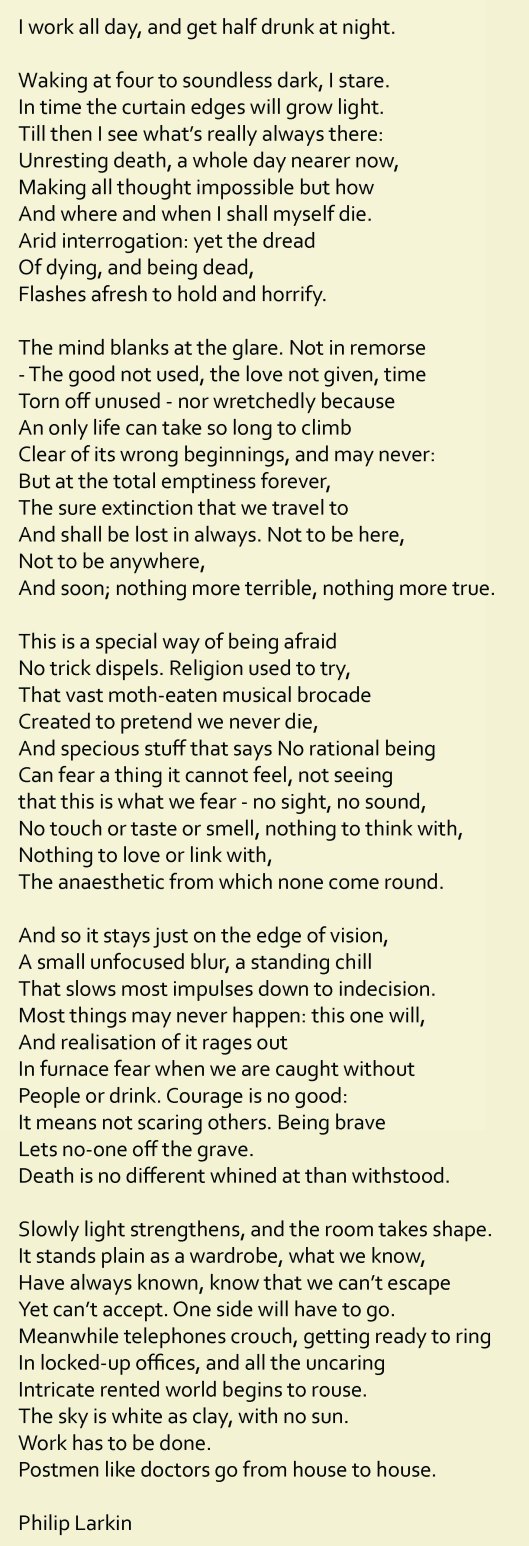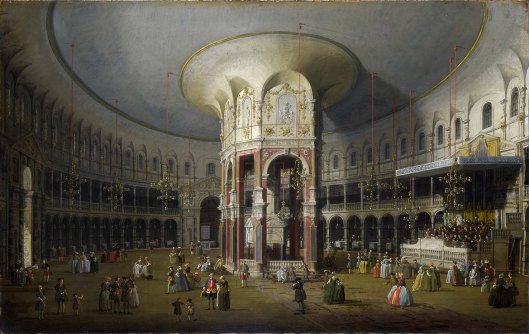 The Lottery in Piazza di Montecitorio (1755)
The Lottery in Piazza di Montecitorio (1755) 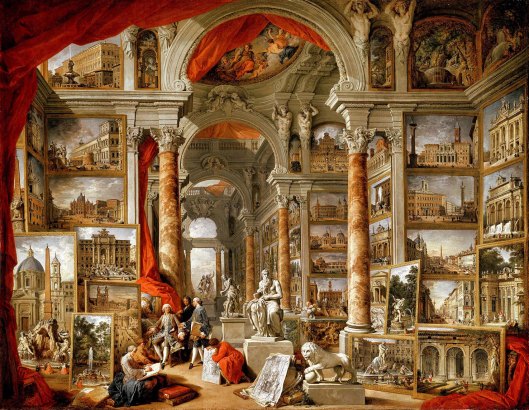
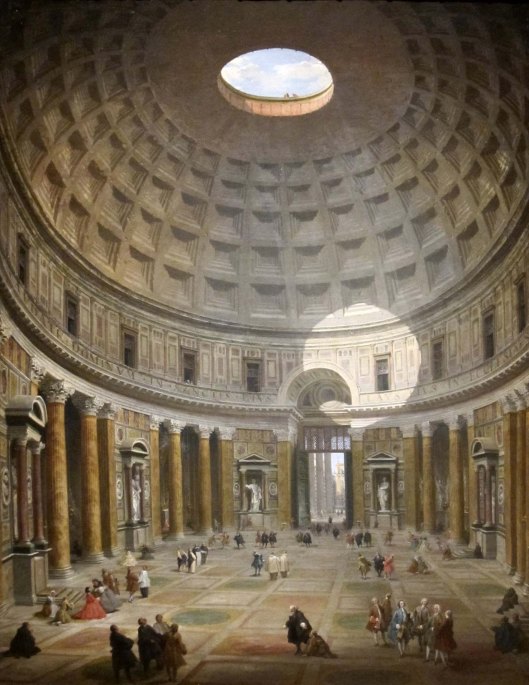 Interior of the Pantheon (1747)
Interior of the Pantheon (1747) 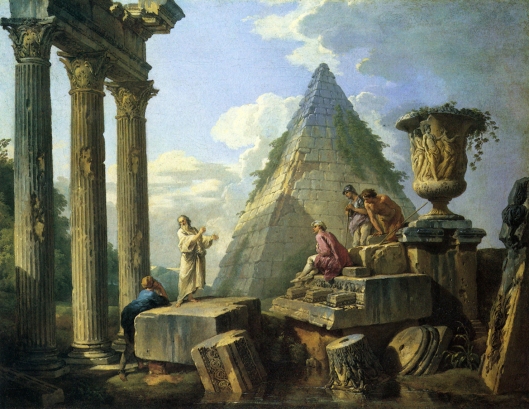 Roman ruin with figures (c1748)
Roman ruin with figures (c1748)  The Roman Forum with the Arch of Titus (1749)
The Roman Forum with the Arch of Titus (1749) 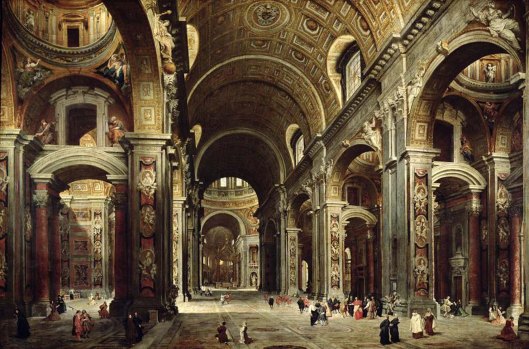 Cardinal Melchior De Polignac Visiting St Peters In Rome (1747)
Cardinal Melchior De Polignac Visiting St Peters In Rome (1747) Roman ruins and sculpture (1754)
Roman ruins and sculpture (1754) 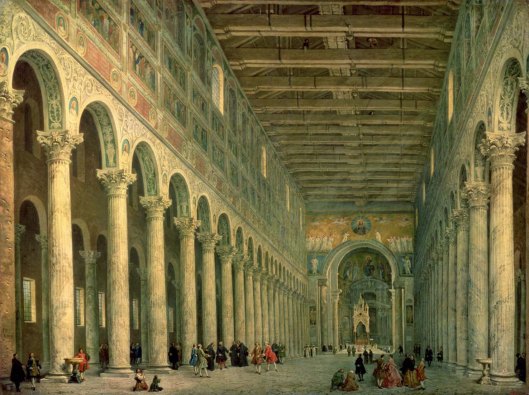 Interior of the Church of San Paolo Fuori le Mura, Rome (1750)
Interior of the Church of San Paolo Fuori le Mura, Rome (1750)
Giovanni Paolo Panini (b. about 1692 Piacenza, Italy, d. 1765 Rome, Italy) Best known for his vedute, or view paintings, Giovanni Paolo Panini extended his versatility to portraits, decorative frescoes, and stage design. He also designed architecture, carvings, festival decorations, and ecclesiastical furnishings. He first trained in illusionistic painting under a stage designer in his native Piacenza, then moved to Rome to study figure drawing. Soon he found his specialty in decorations and vedute. By 1716 Panini was making real and imaginary views of Rome’s ancient and modern monuments, which were extremely popular with tourists. His vedute were innovative, unique, and always picturesque; his boldness, sureness in placement of architecture and elegant figures, clear colors, and precise draftsmanship influenced many. His views of festivals, ceremonies, and dignitaries’ visits offered lively documents of contemporary events. By 1719 Panini was already receiving honors: membership in both the Congregazione dei Virtuosi al Pantheon and the Accademia di San Luca, where he taught and later became principal. During the 1720s and 1730s, he painted decorative frescoes for such clients as the pope, which made him famous. Married to a French woman, Panini also taught at the Académie de France in Rome and influenced many French artists, including Jean-Honoré Fragonard.
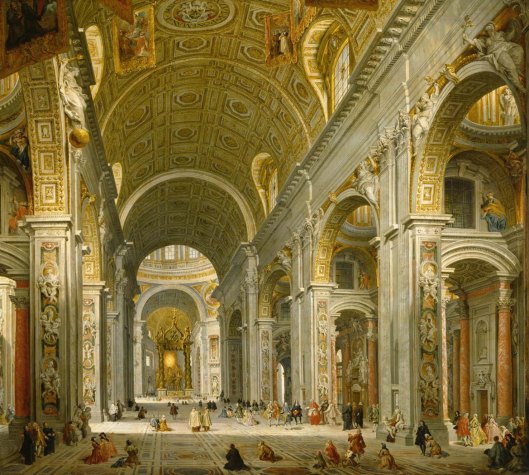 Interior of St. Peter’s, Rome (1750)
Interior of St. Peter’s, Rome (1750) 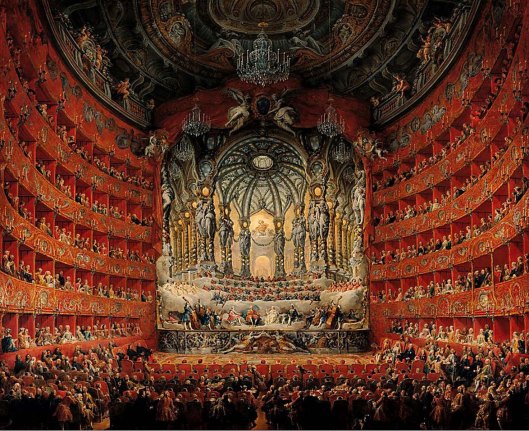 Concert given by Cardinal de La Rochefoucauld at the Argentina Theatre in Rome, on the Marriage of Louis the Dauphin (1747)
Concert given by Cardinal de La Rochefoucauld at the Argentina Theatre in Rome, on the Marriage of Louis the Dauphin (1747) 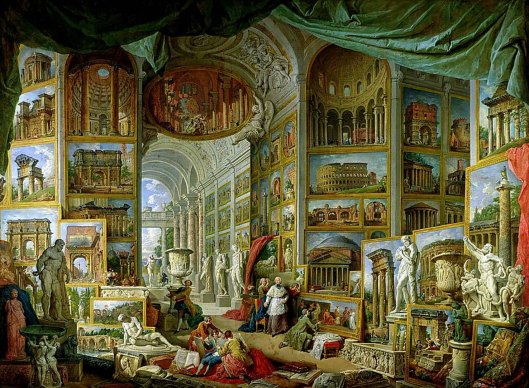 Gallery of Views of Ancient Rome (1758)
Gallery of Views of Ancient Rome (1758) 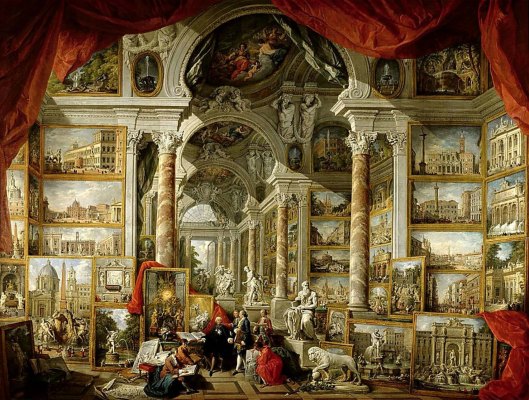 Gallery with Views of Modern Rome (1759)
Gallery with Views of Modern Rome (1759) 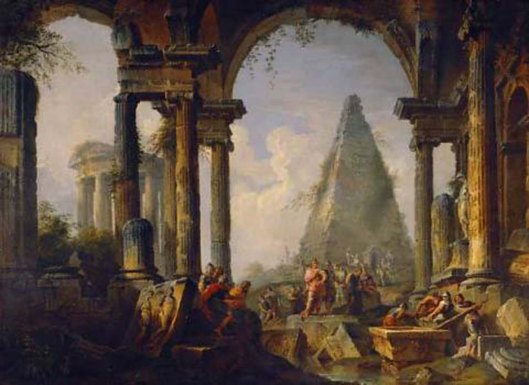 Ruins with Alexander the great at the Grave of Achilles (1751)
Ruins with Alexander the great at the Grave of Achilles (1751) 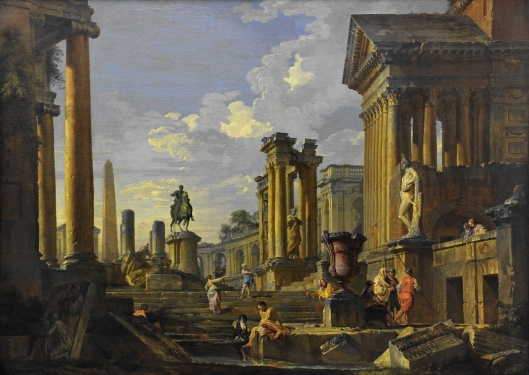 Ruins with obelisk (1746)
Ruins with obelisk (1746)
Giovanni Paolo Pannini (Piacenza, 17 de junio de 1691 – Roma, 21 de octubre de 1765) fue un pintor, arquitecto y paisajista de la escuela romana, discípulo de Benedetto Luti. Nació en 1691 en Piacenza. En esta ciudad estudió como escenógrafo teatral, hasta que en 1711 se desplazó a Roma, donde comenzó a estudiar dibujo con Benedetto Luti. Alcanzó la fama como decorador de palacios, entre ellos la villa Patrizi (1718–1725) y el Palacio de Carolis (1720). Como pintor, es muy conocido por sus vistas de la ciudad de Roma, en las que se interesó sobre todo por los restos más antiguos de la ciudad. Su trabajo más conocido es el interior del Panteón de Roma y sus “vistas” (vedute), pinturas que representan una galería de cuadros que a su vez cada uno es una vista de la ciudad de Roma. En 1719 Pannini fue admitido en la Congregazione dei Virtuosi al Pantheon. Enseñó en Roma en la Accademia di San Luca, donde influenció a Jean-Honoré Fragonard. Murió en Roma el 21 de octubre de 1765. Pannini destacó como pintor en su tiempo no sólo por ser el primer artista italiano que afrontó con interés la pintura de las ruinas romanas, sino también porque supo aunar en su estilo la herencia de la pintura renacentista italiana con las nuevas tendencias pictóricas que llegaban de Francia. Fue muy productivo y cotizado, razón por la cual existen ejemplos suyos en muchos de los principales museos europeos, como el Prado.

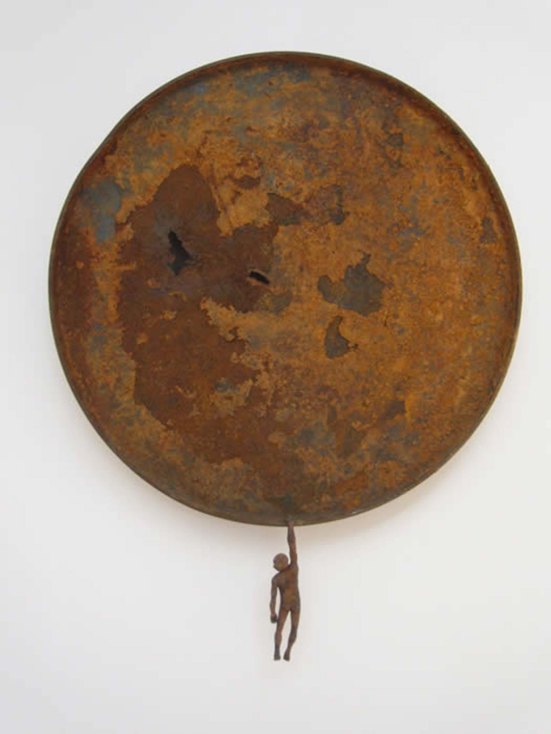
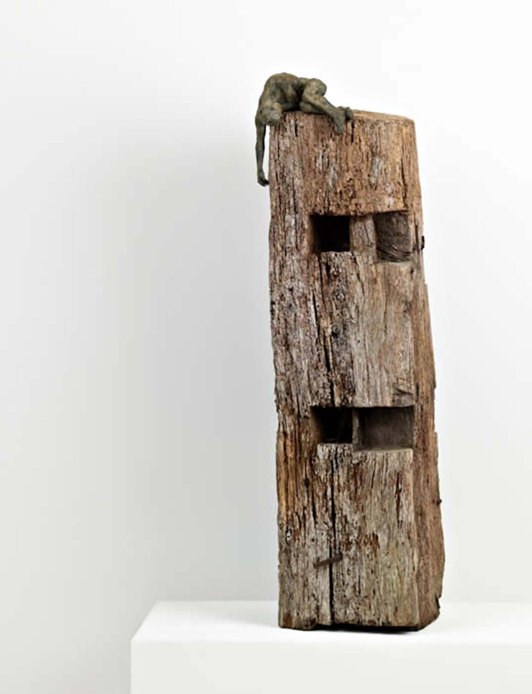
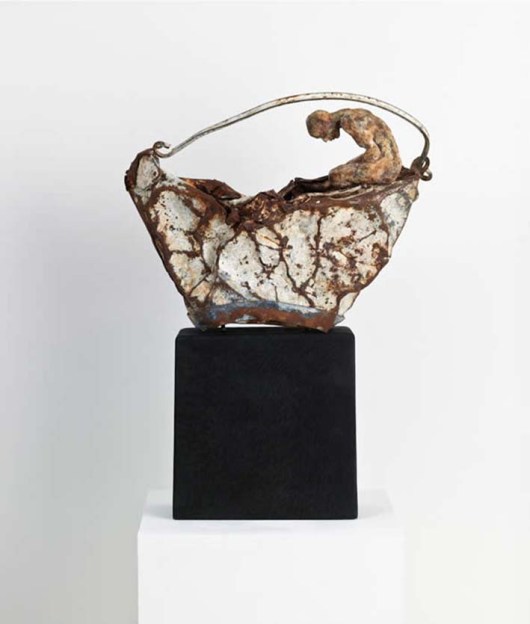
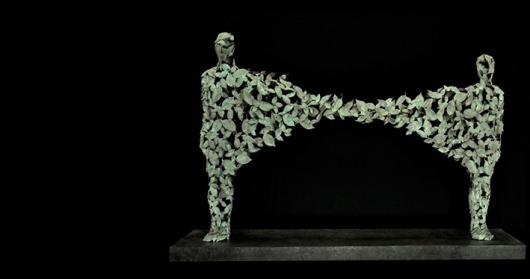
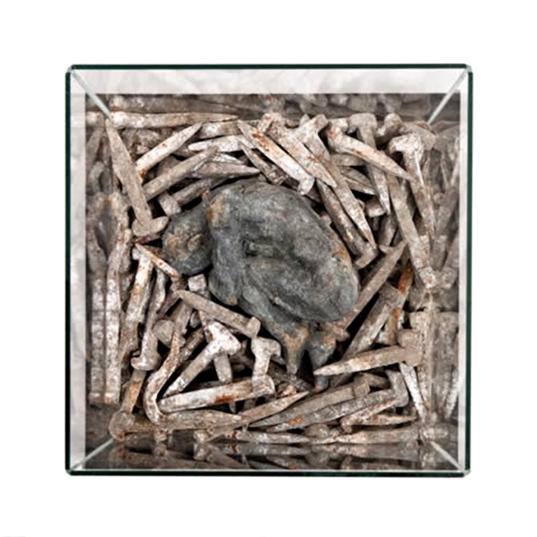
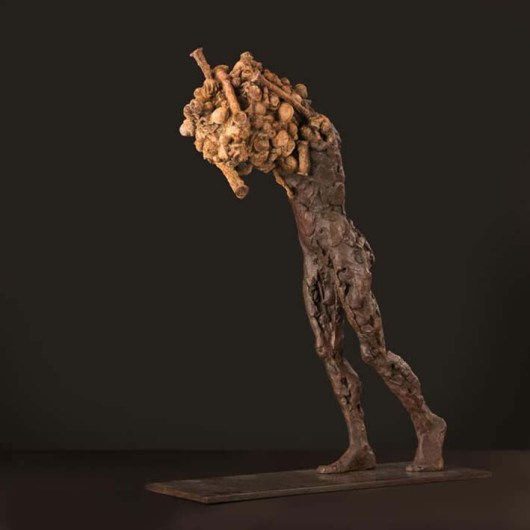
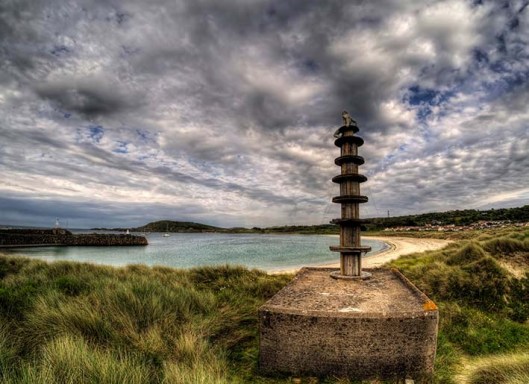
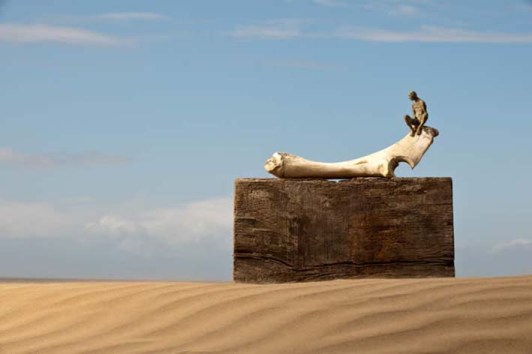
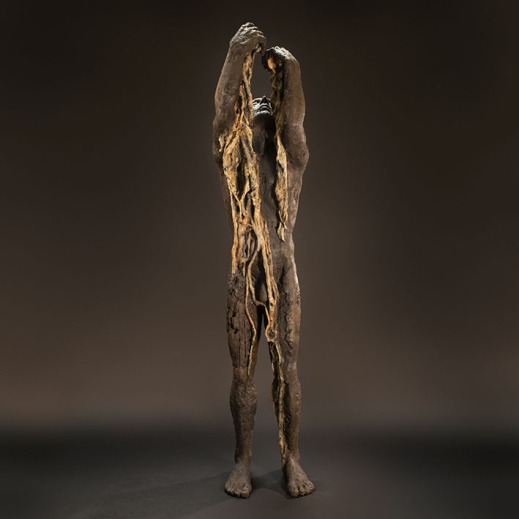
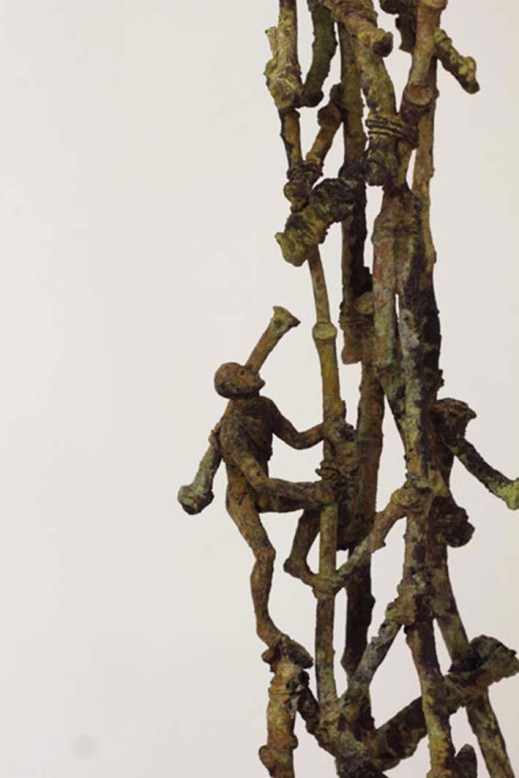
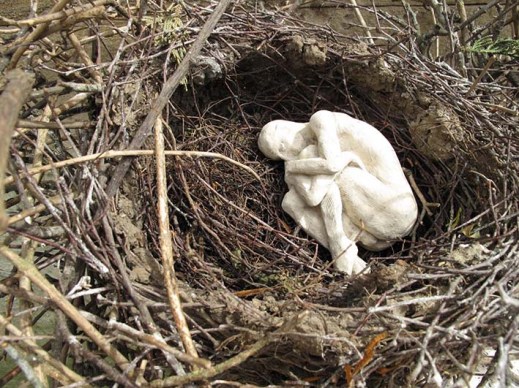
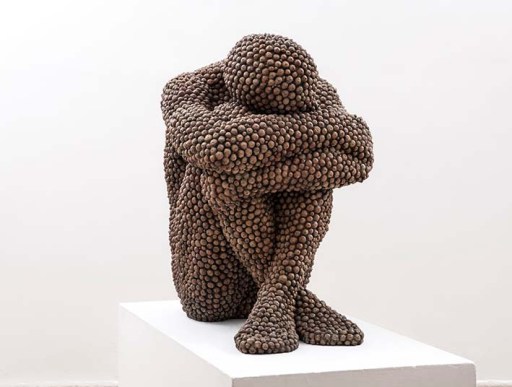
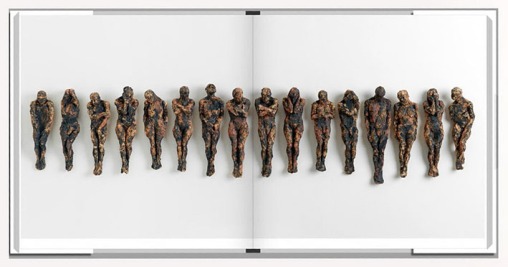
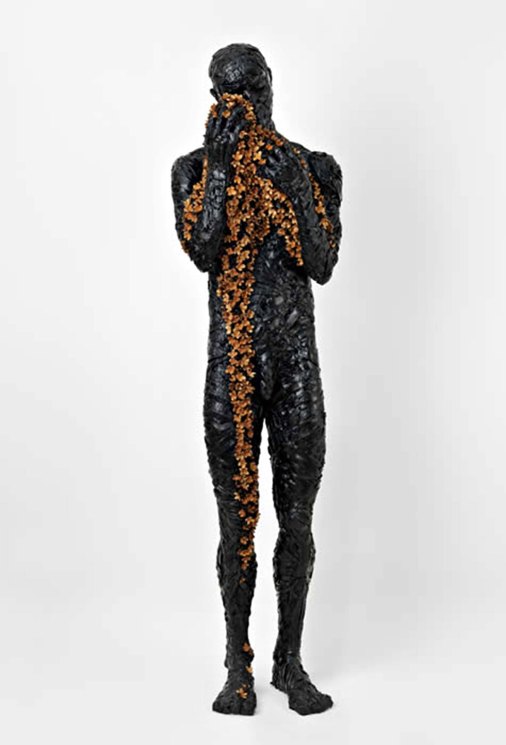
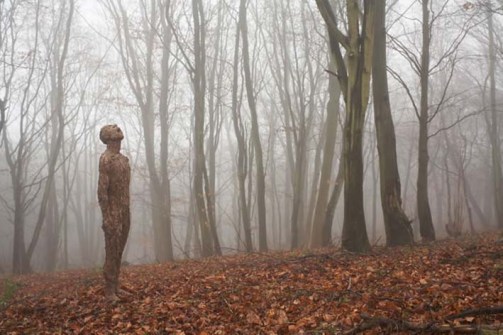
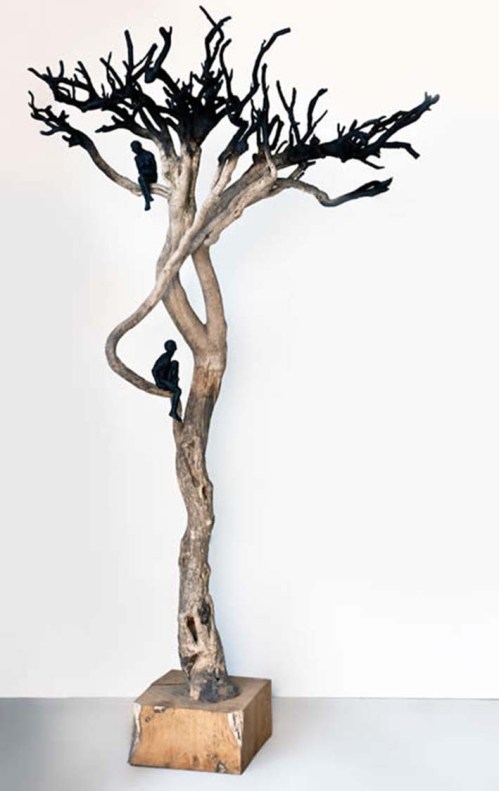
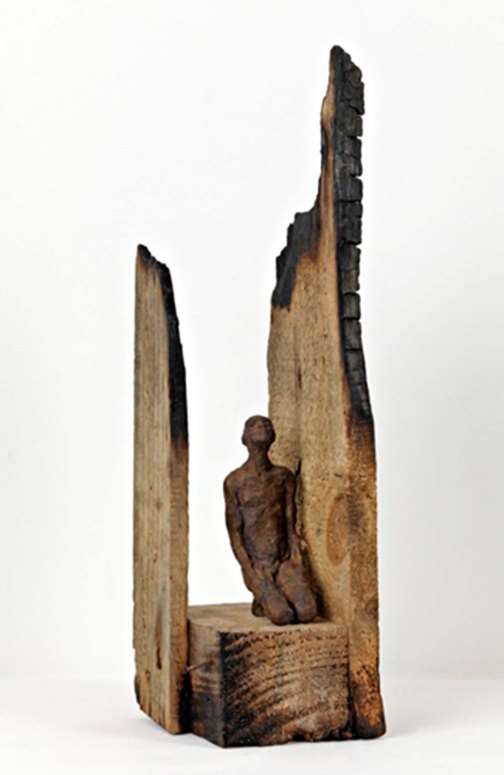
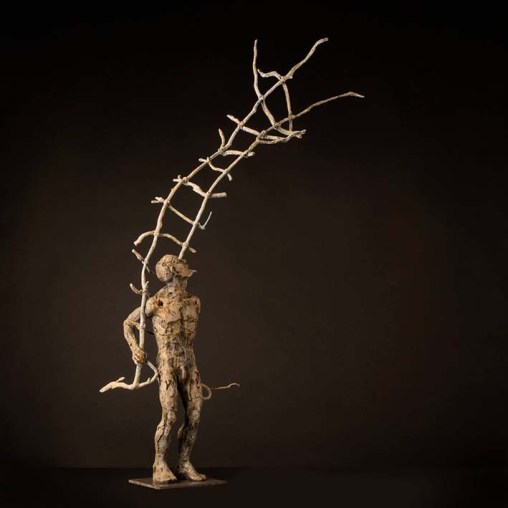
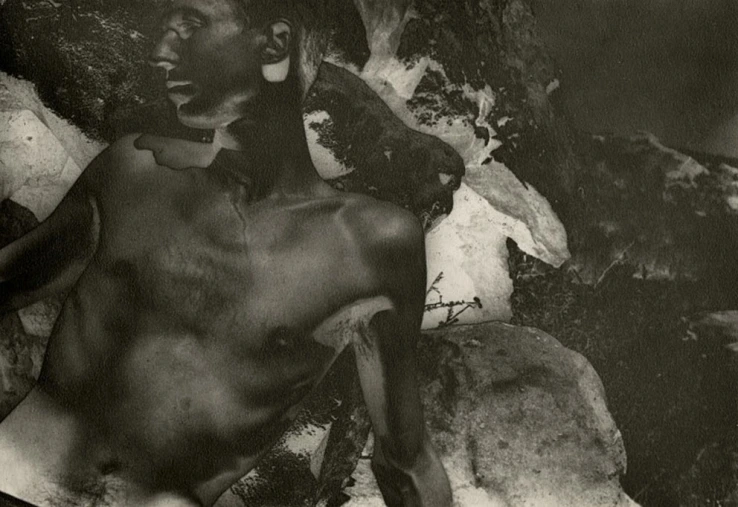
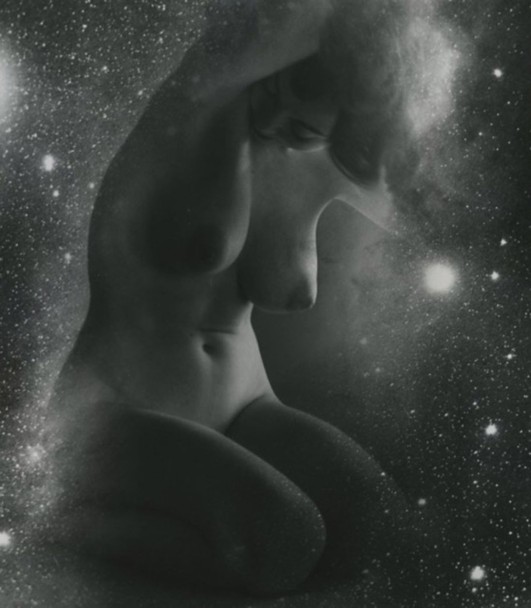 Untitled
Untitled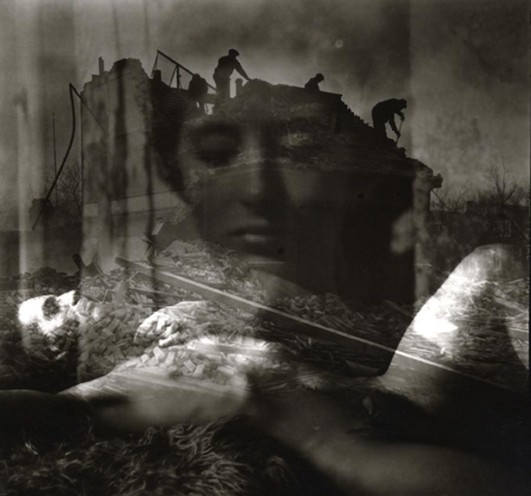 Shiva composite with Shirley Berman and Madison Grammar School Demolition, 1977
Shiva composite with Shirley Berman and Madison Grammar School Demolition, 1977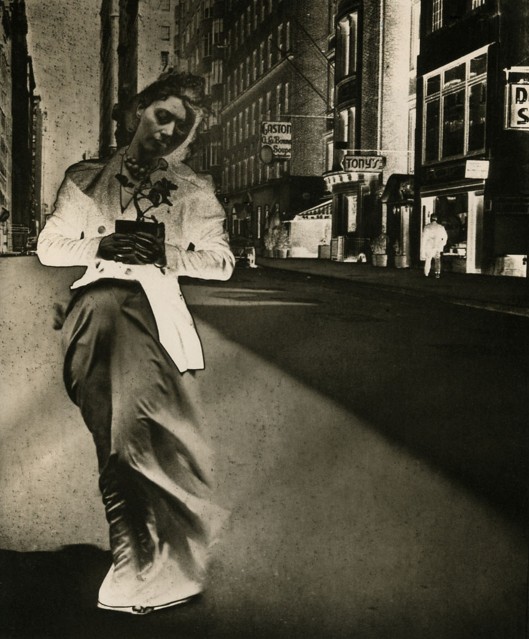 New York, 1939
New York, 1939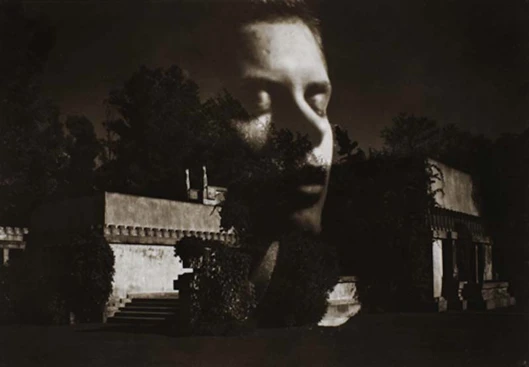 Gertrude Teske composite Hollyhock House of Frank Lloyd Wright, 1974
Gertrude Teske composite Hollyhock House of Frank Lloyd Wright, 1974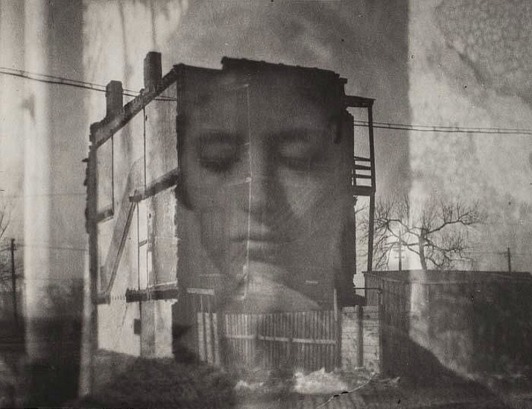
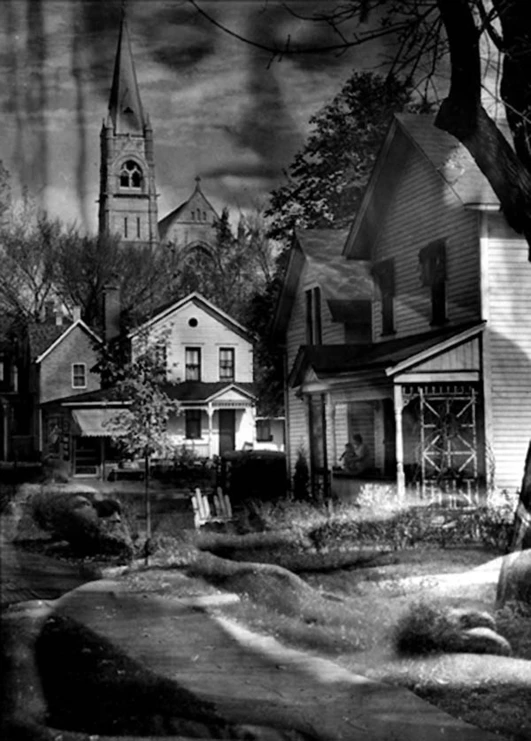
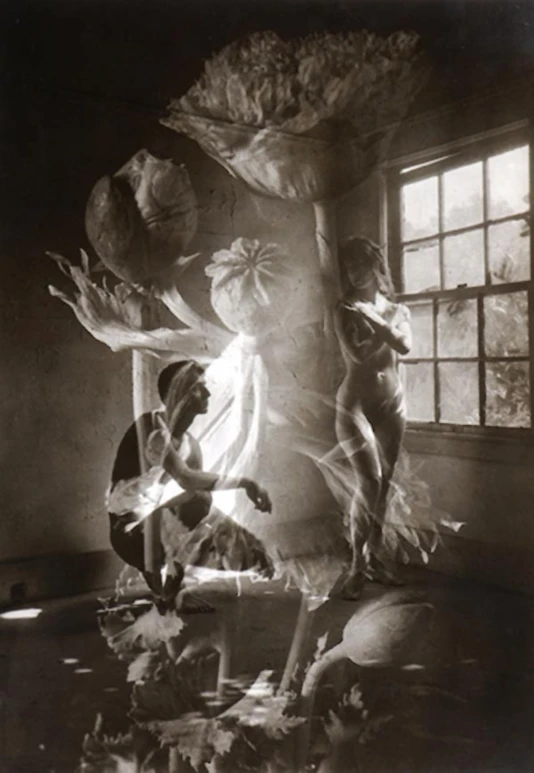
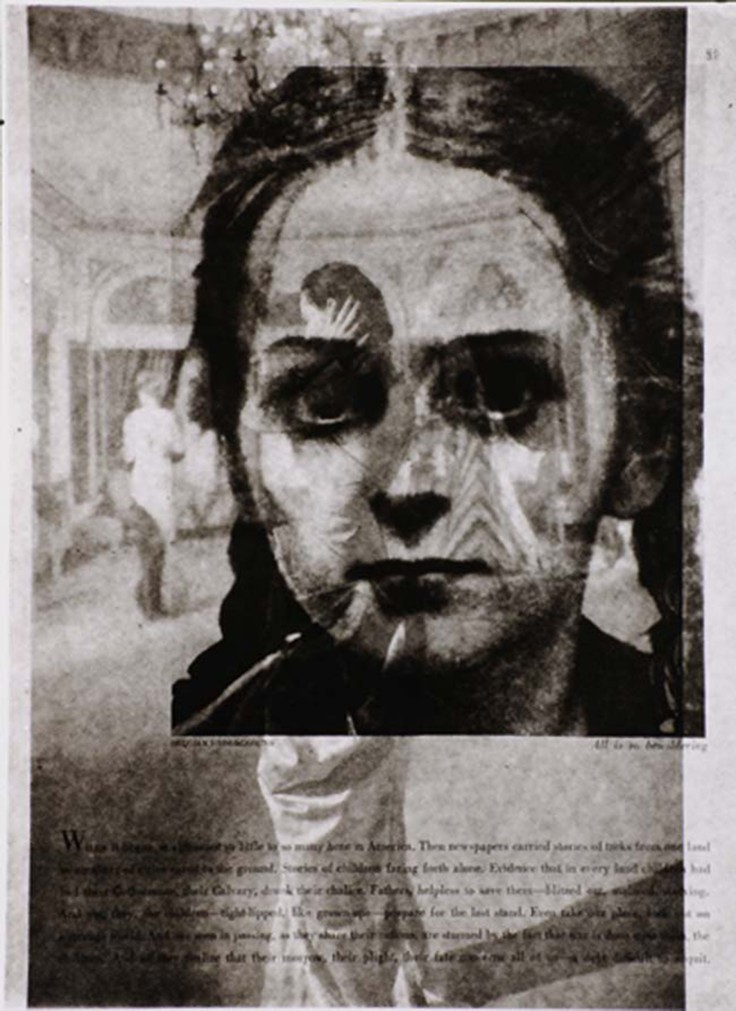

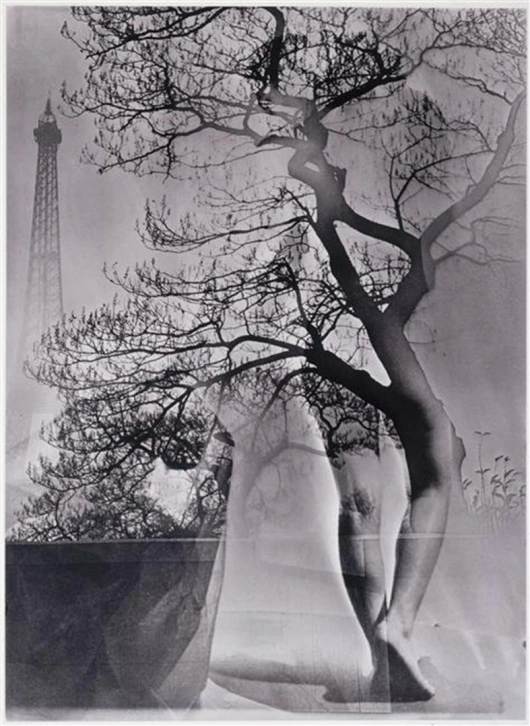
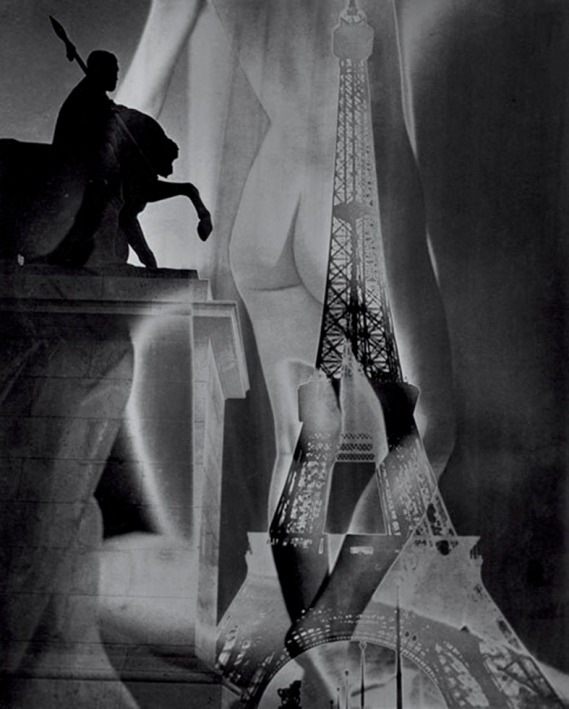
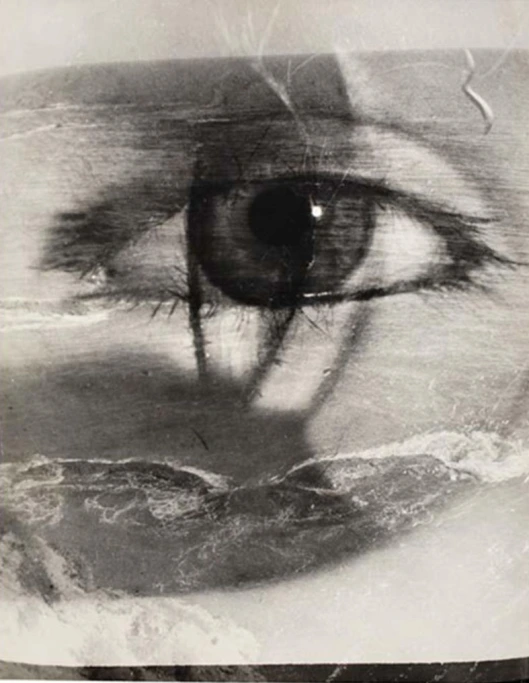
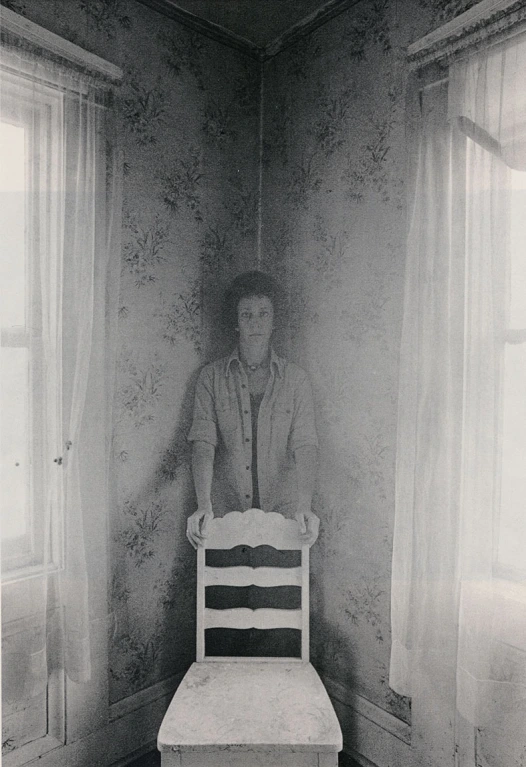
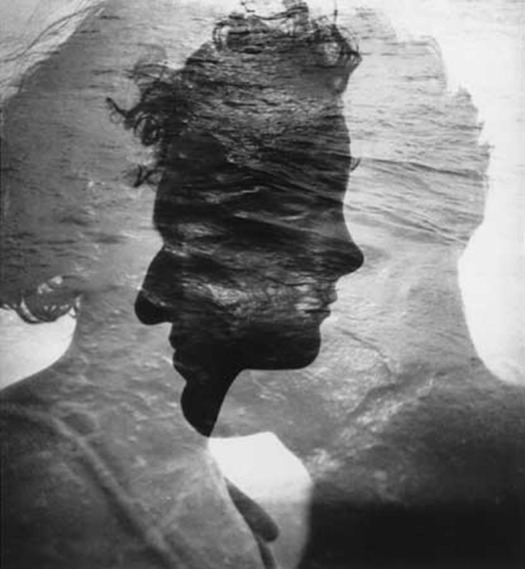

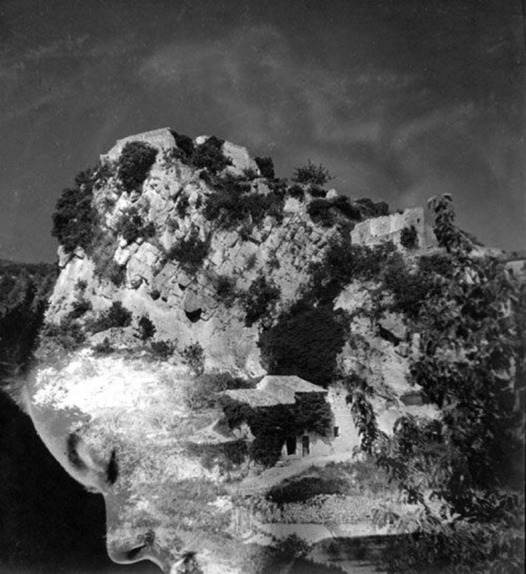
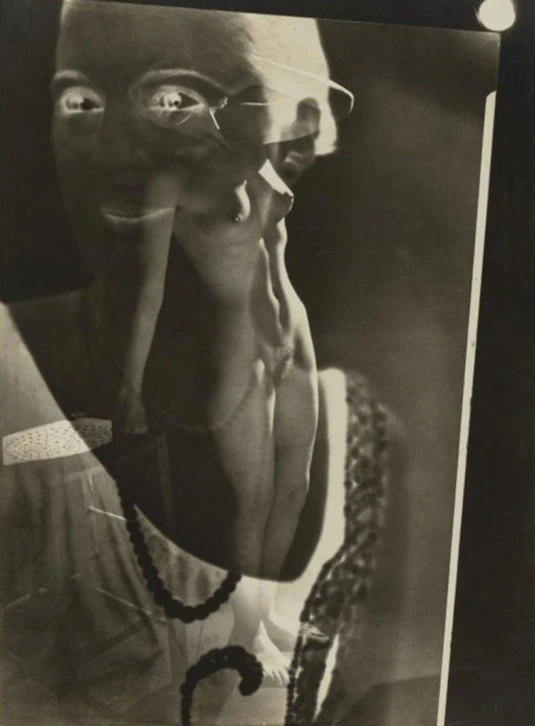
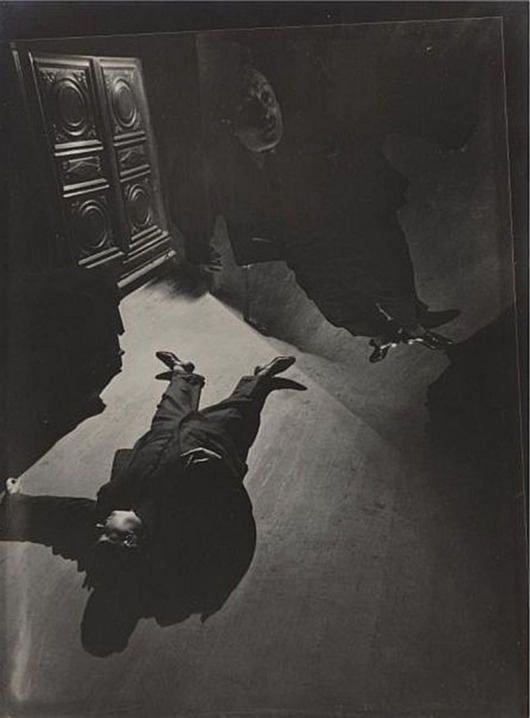
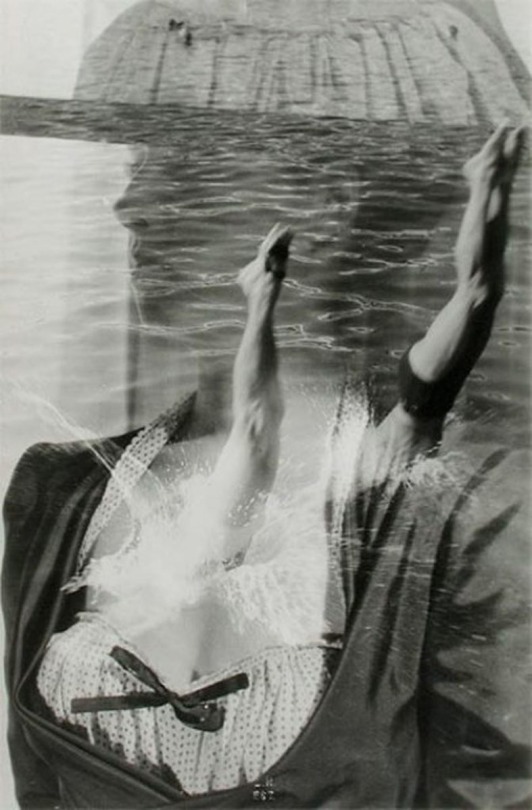
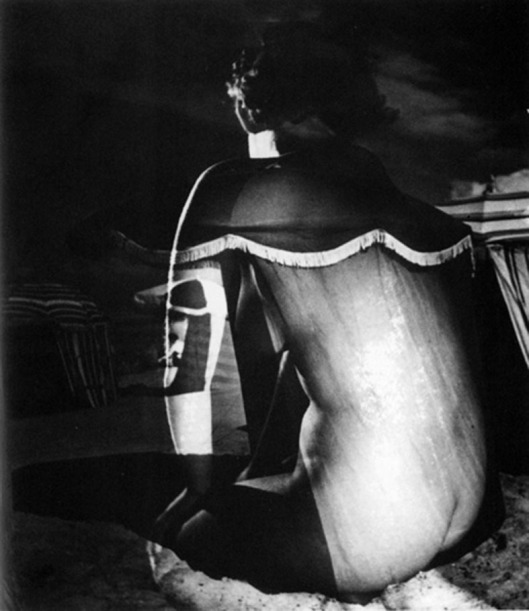
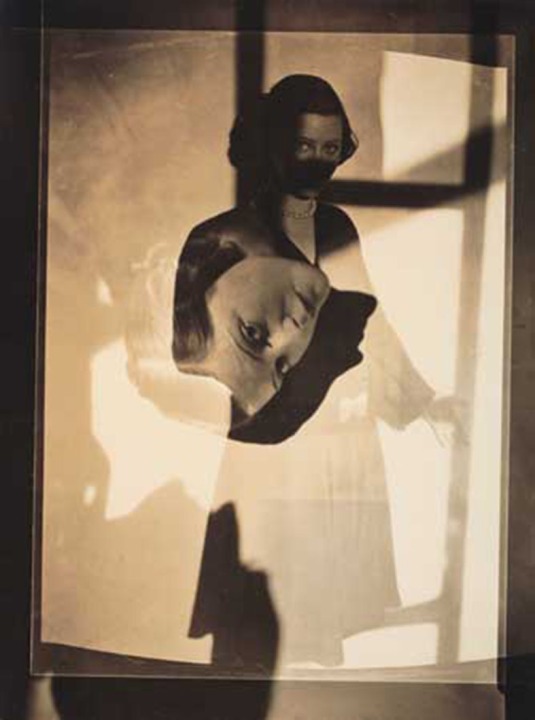
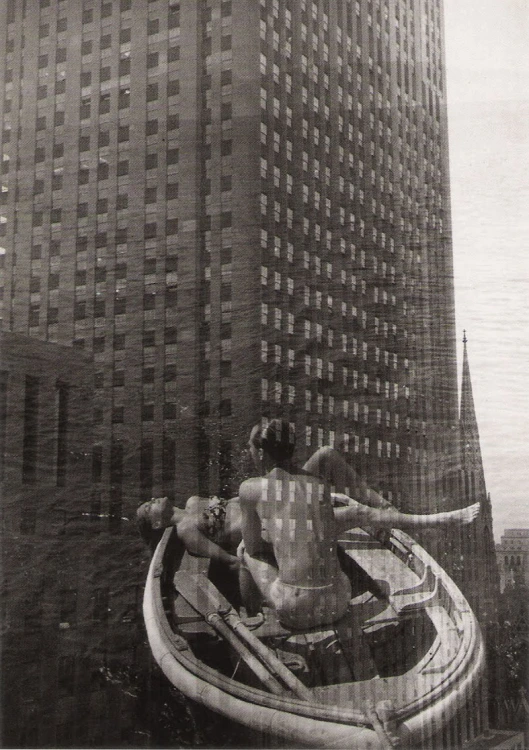
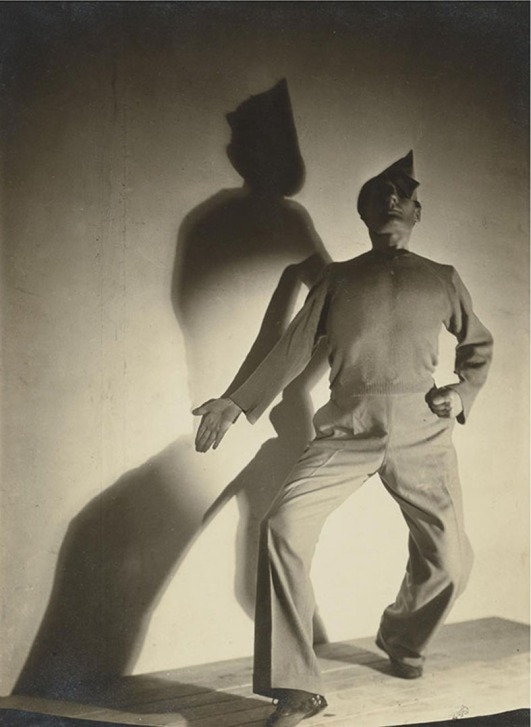


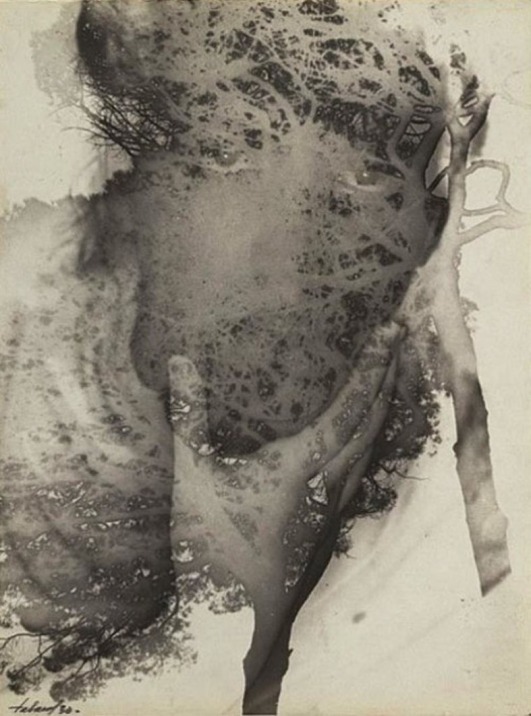
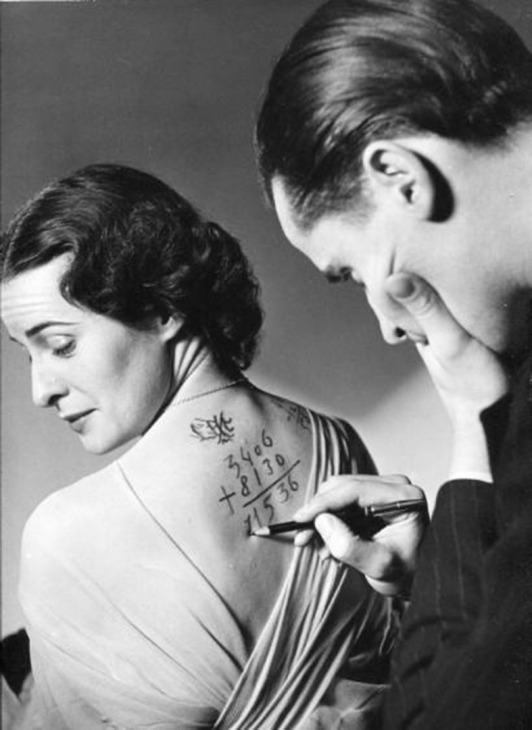
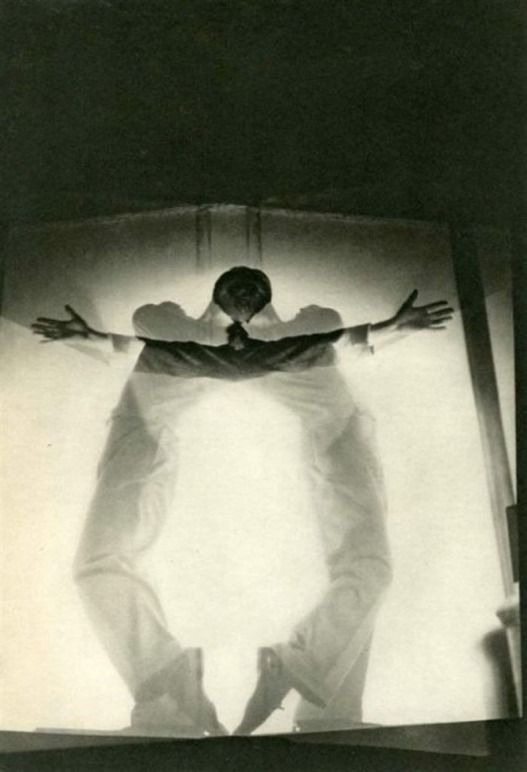
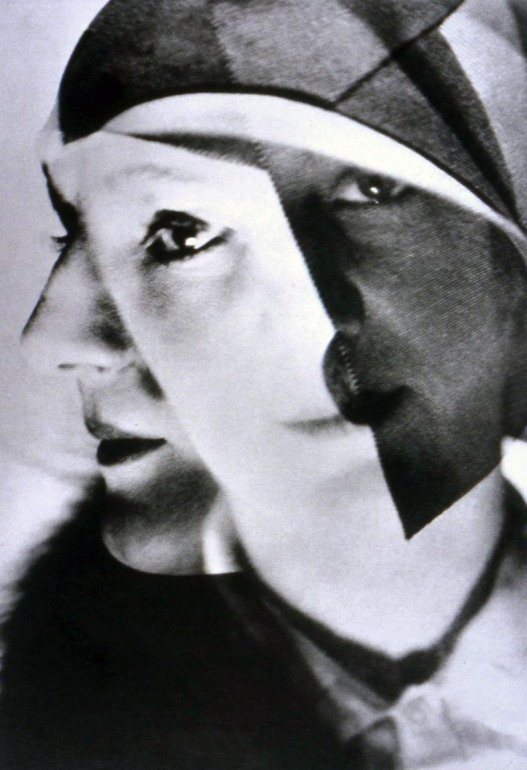
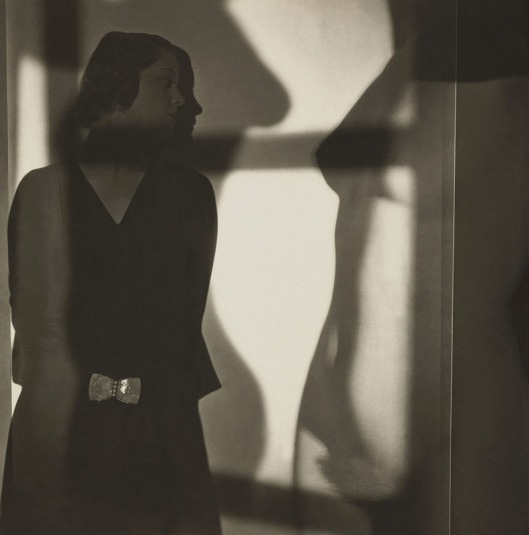
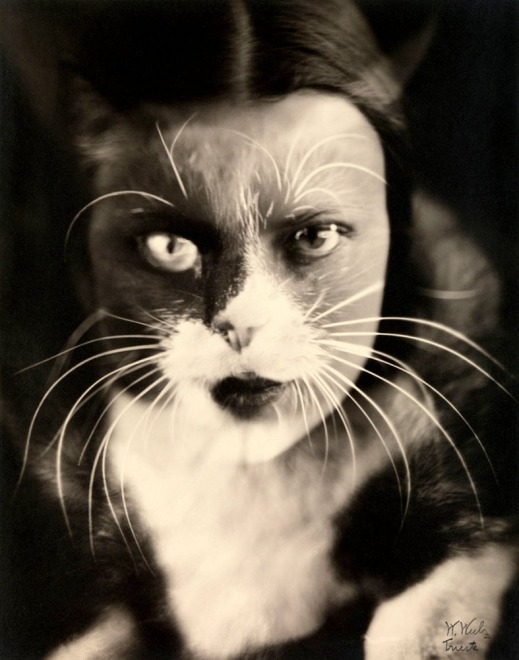
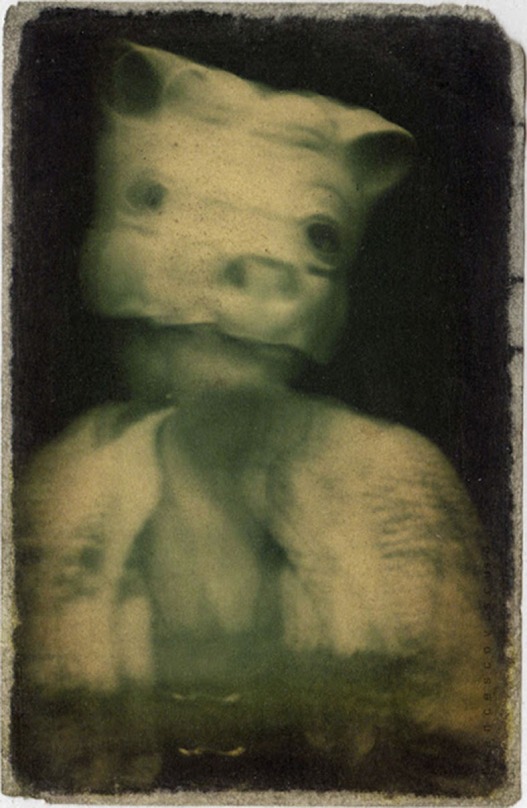
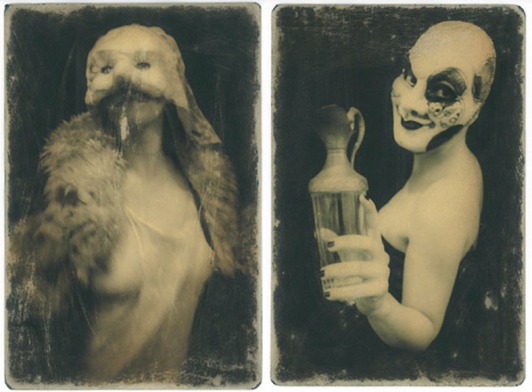
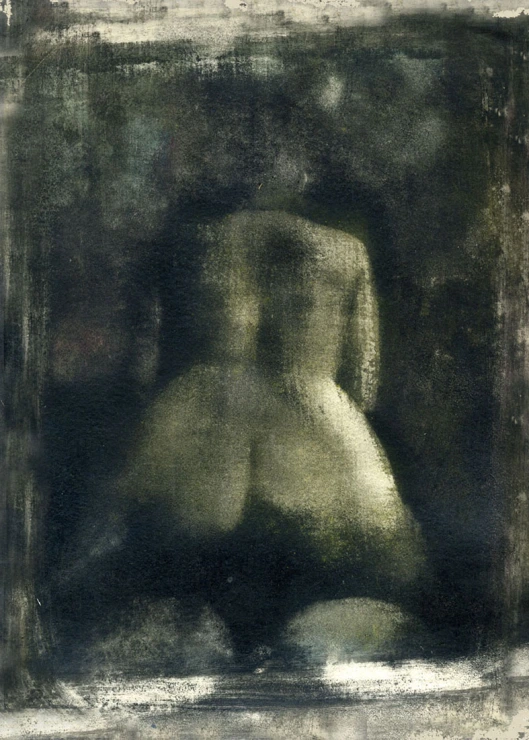
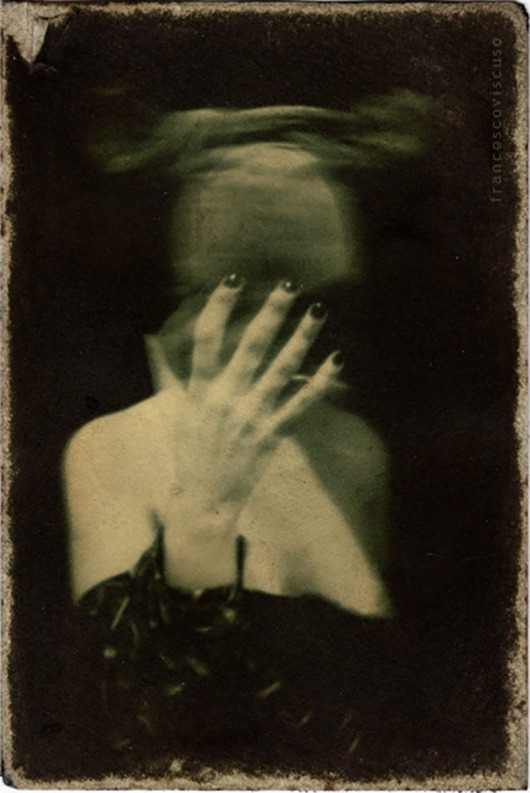
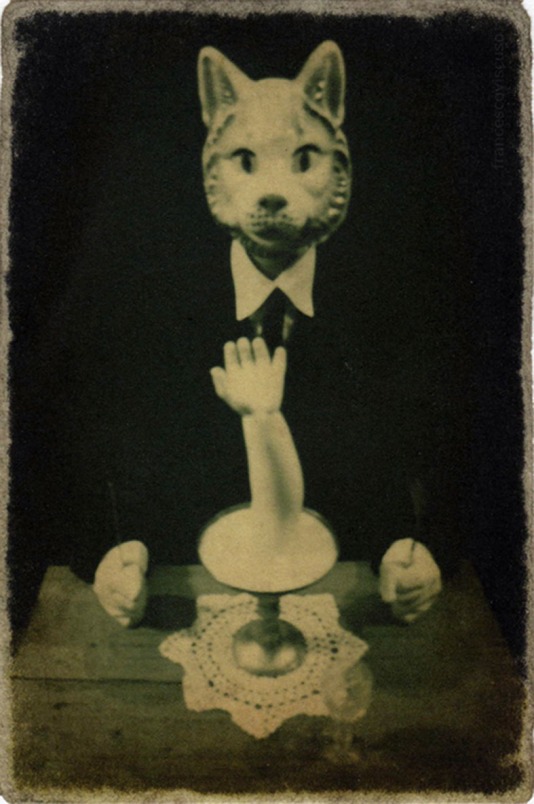
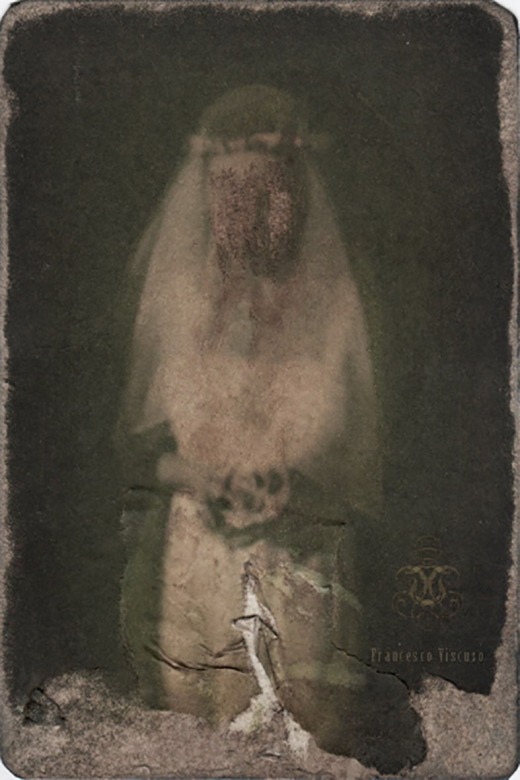
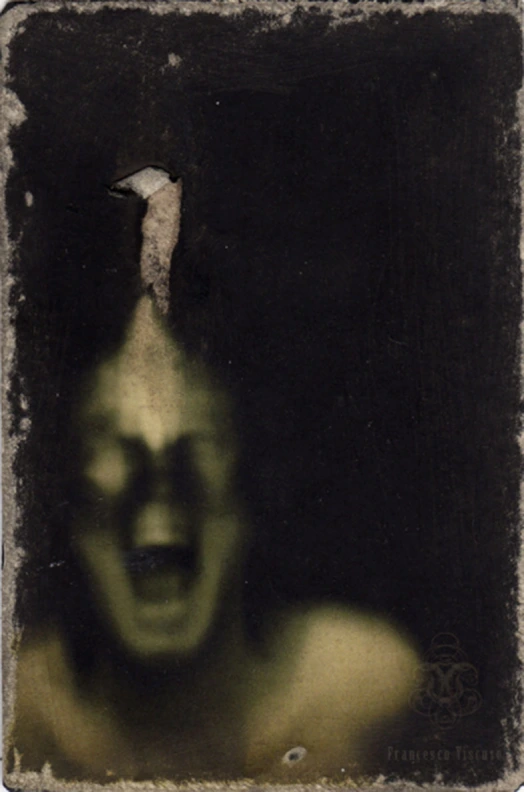
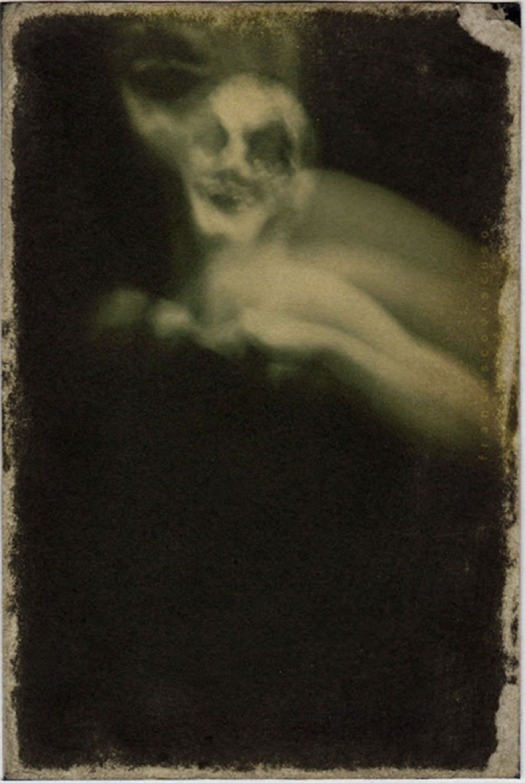
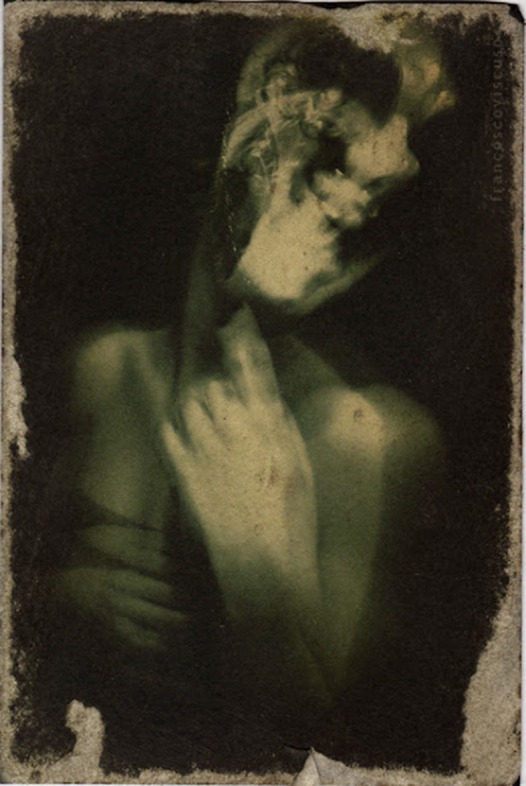
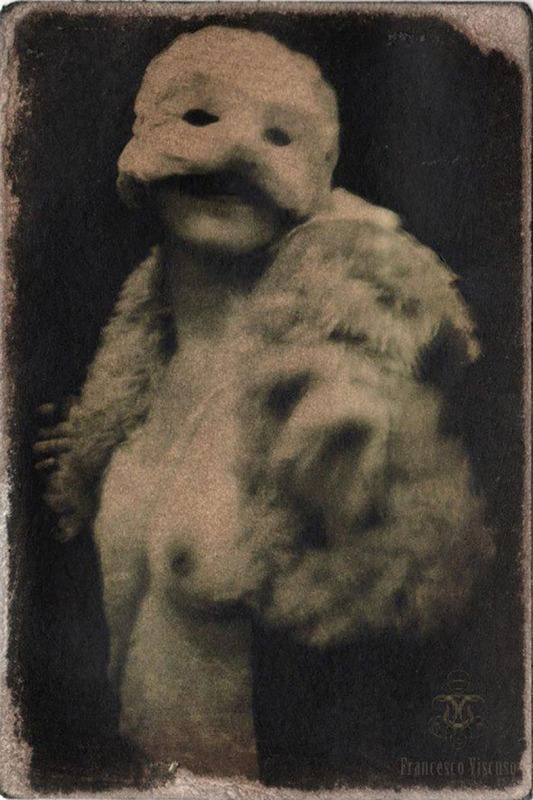
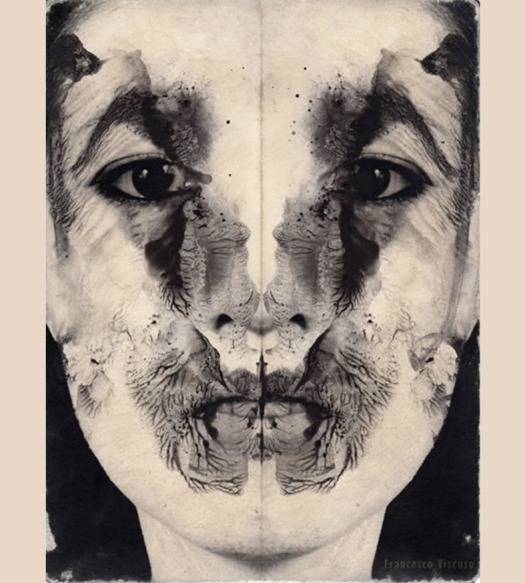
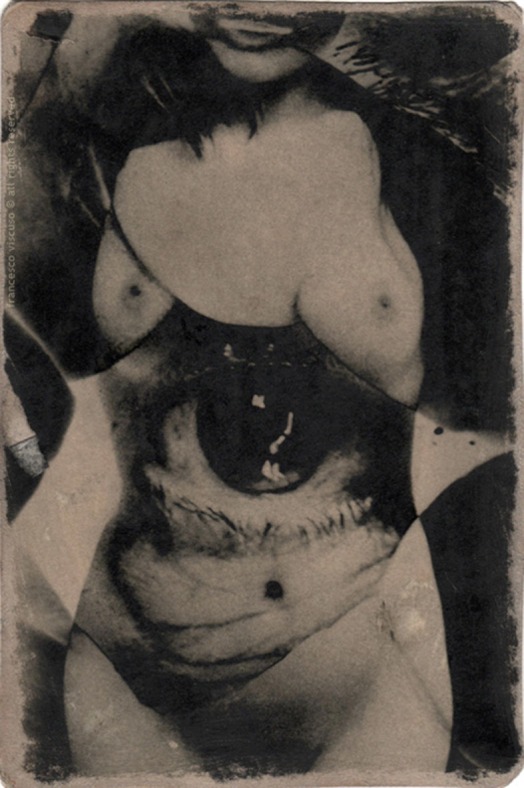
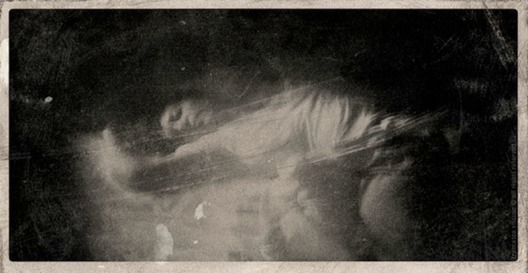
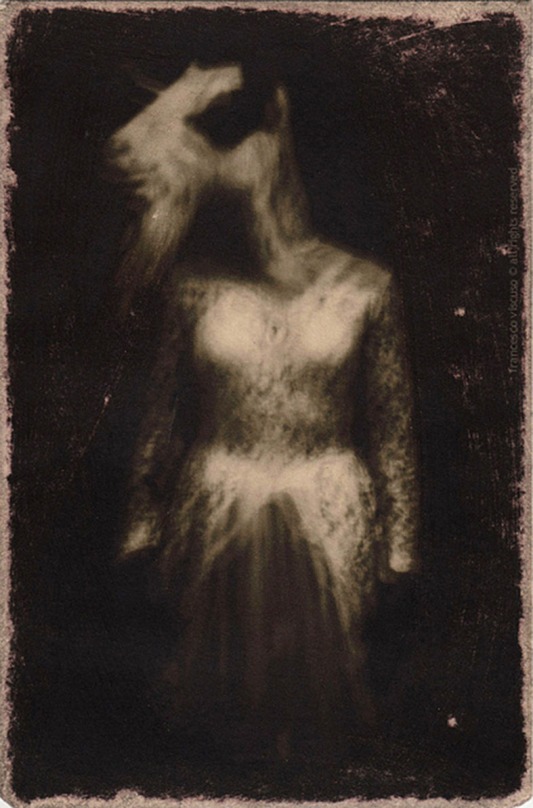
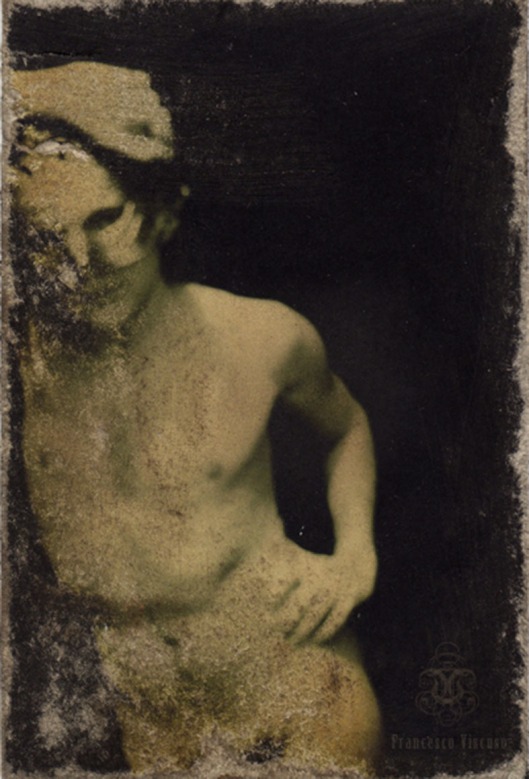
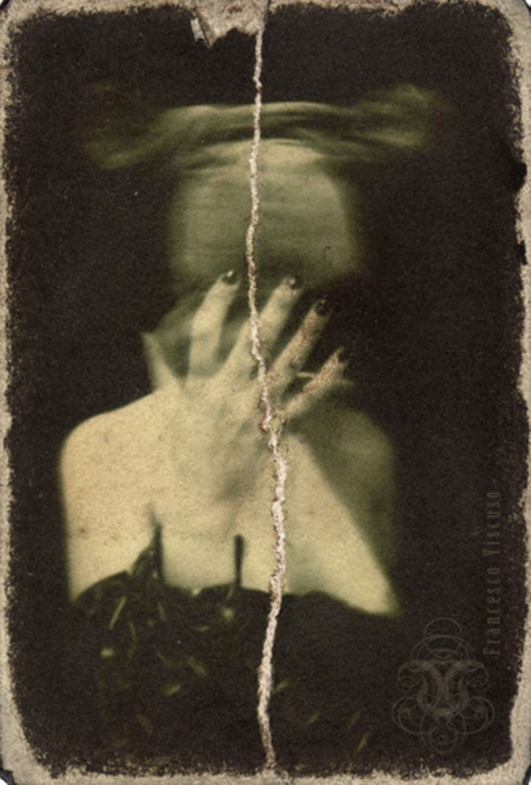
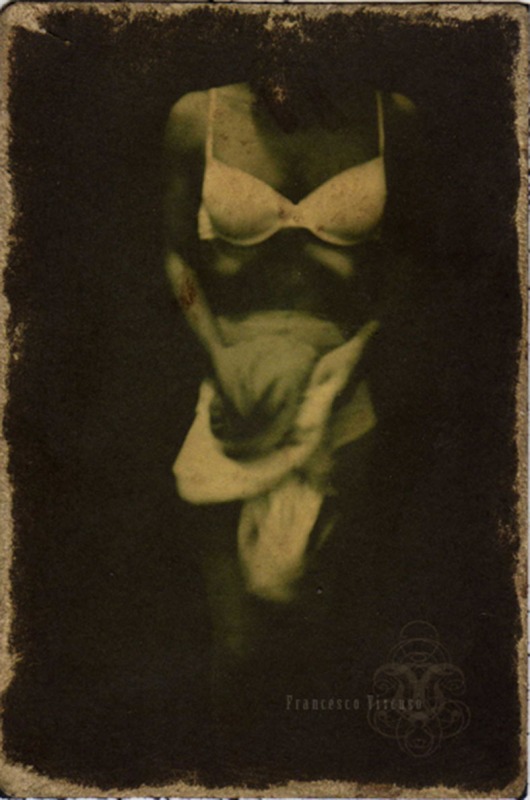
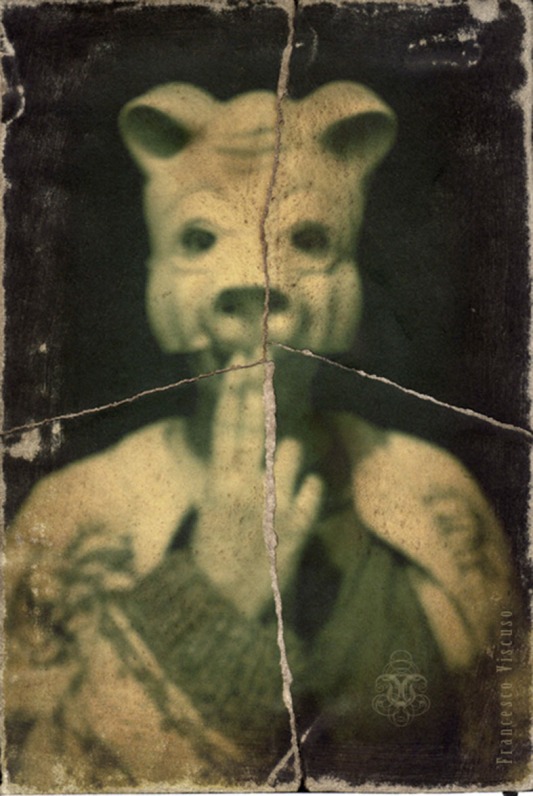
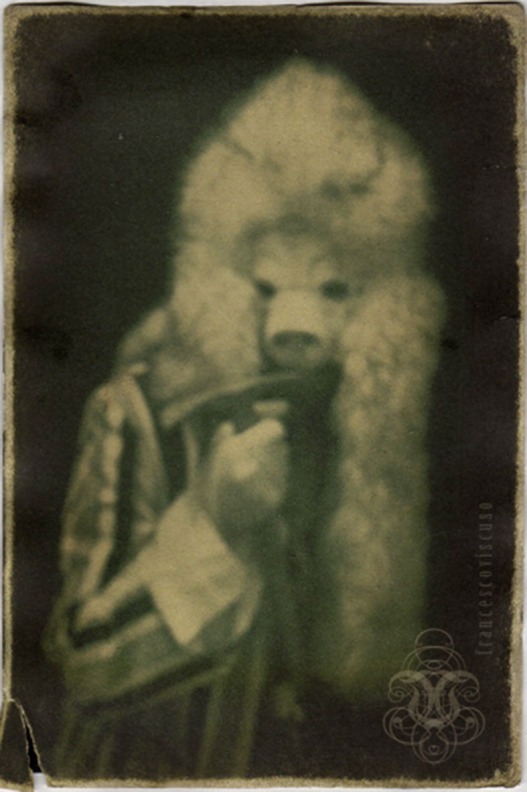
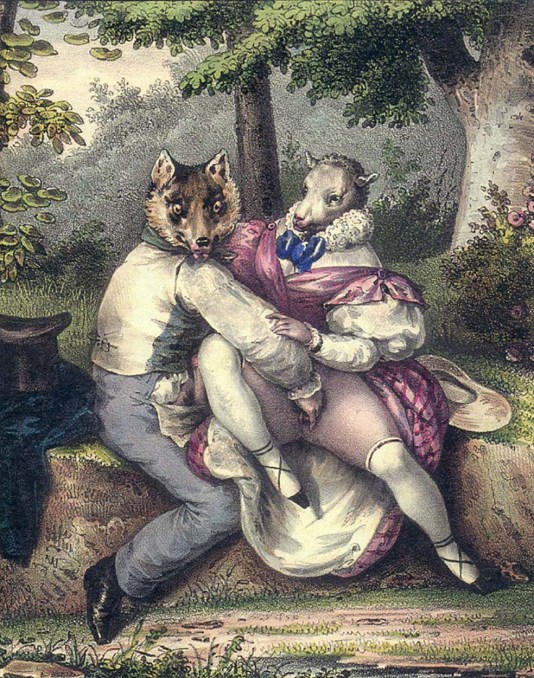
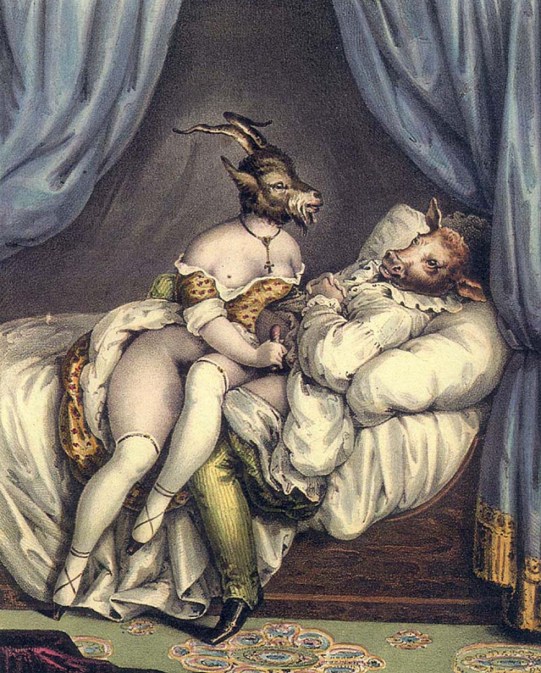
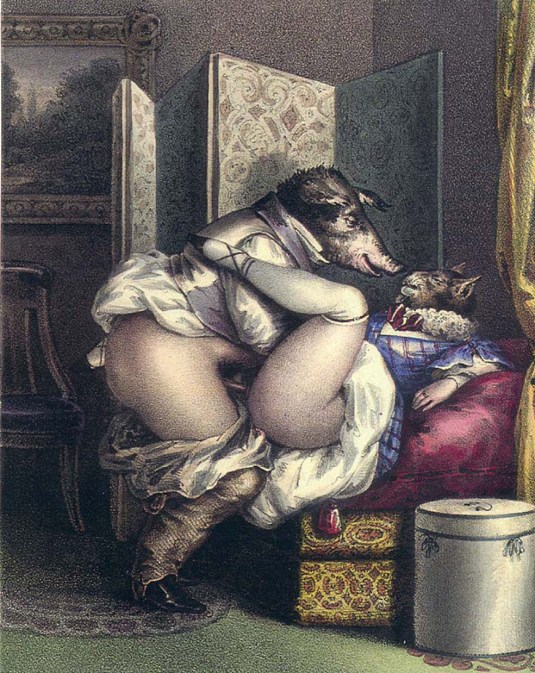
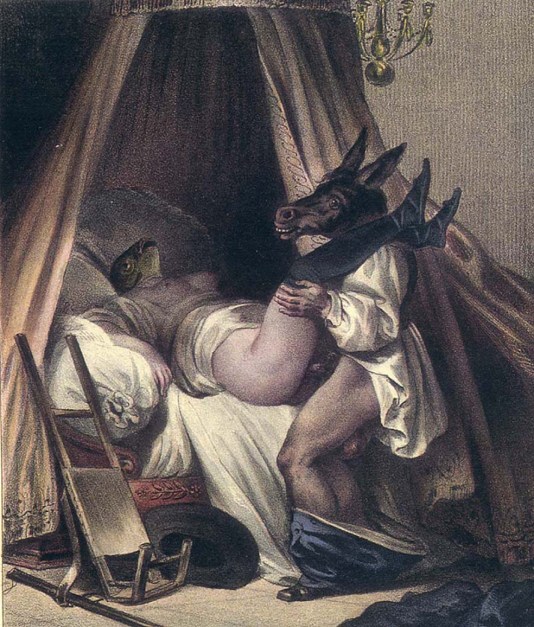
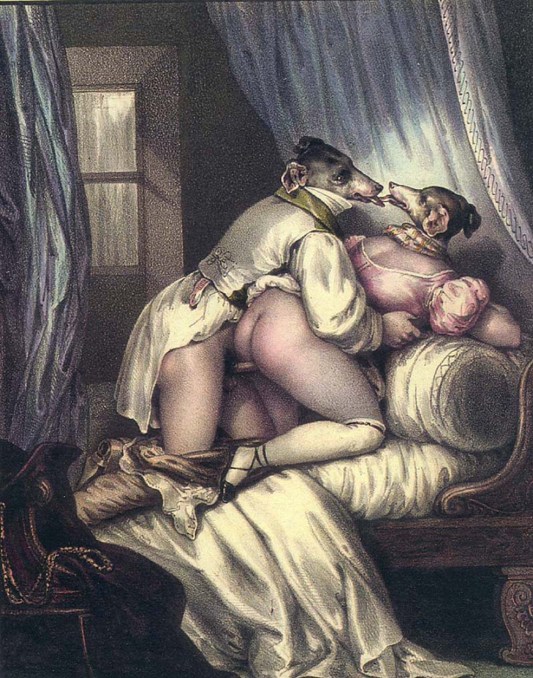
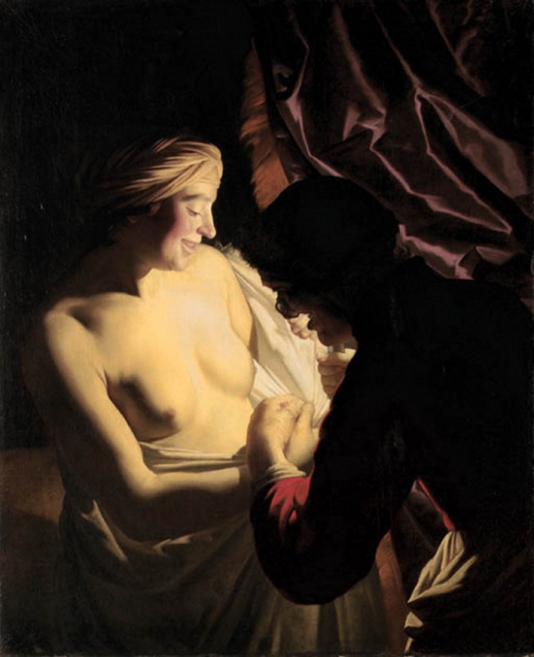
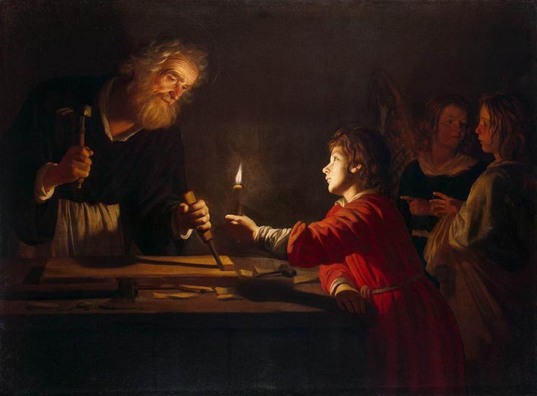
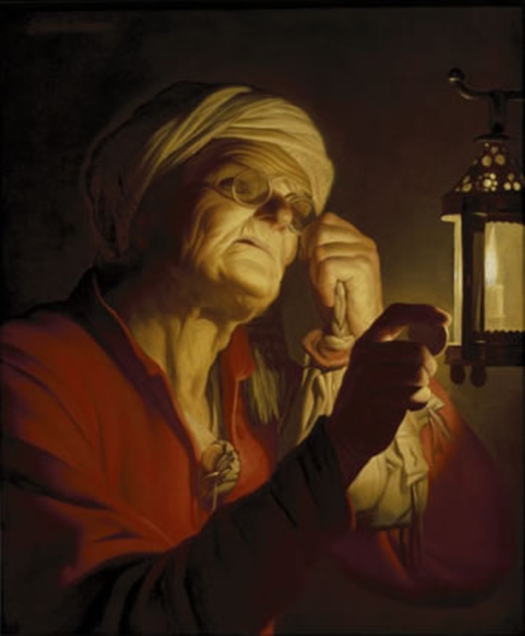
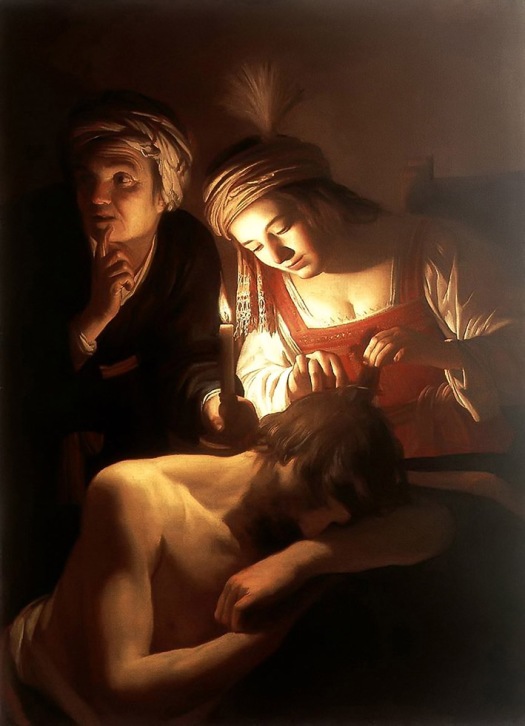
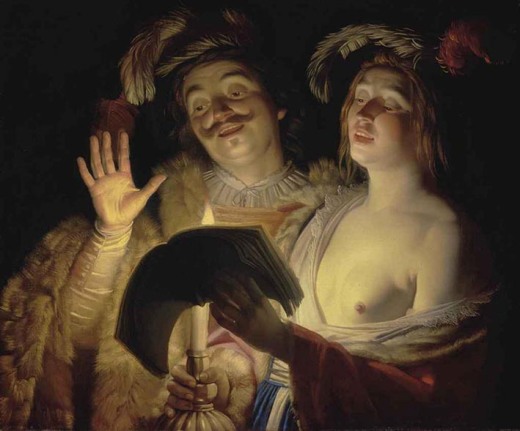
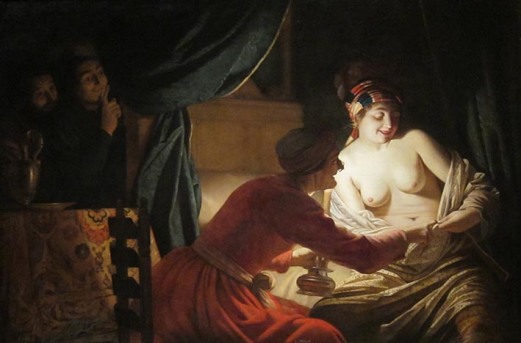
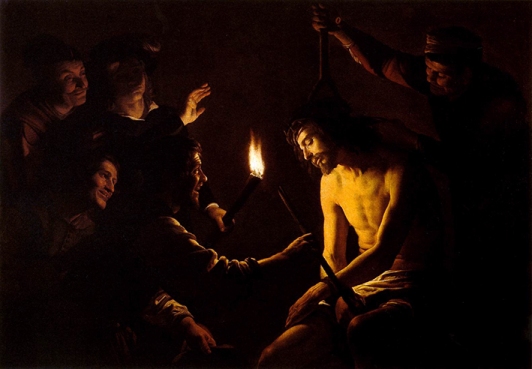
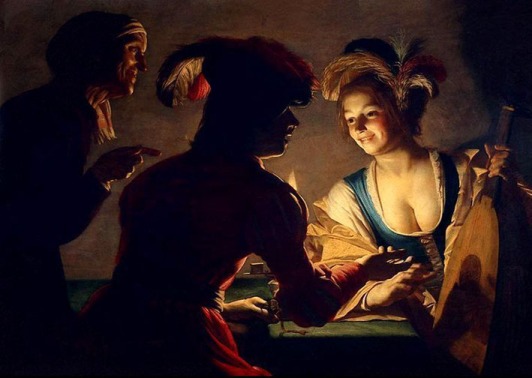
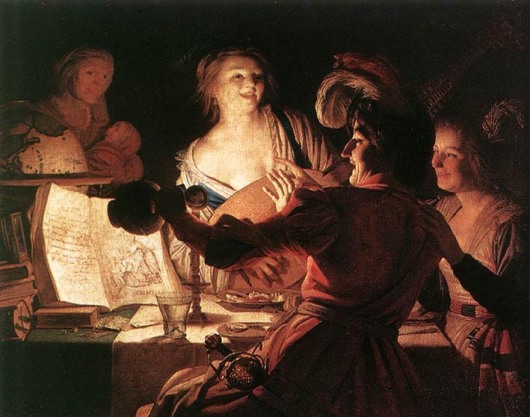
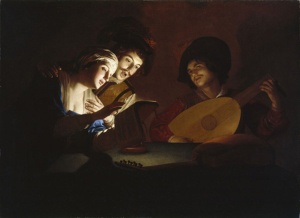
 La traversée du monde souterrain
La traversée du monde souterrain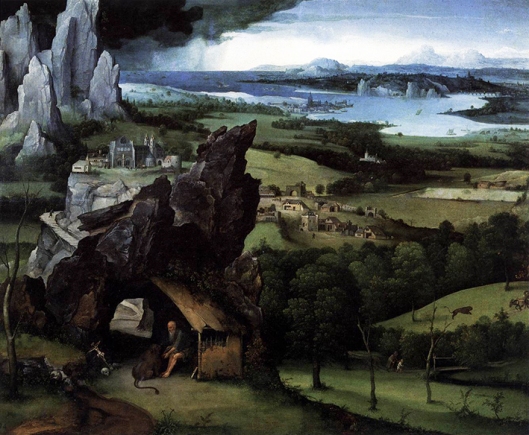

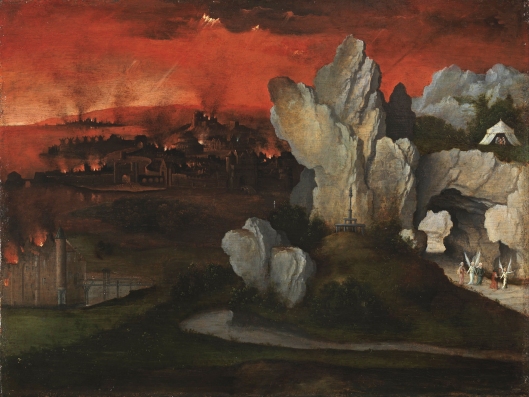
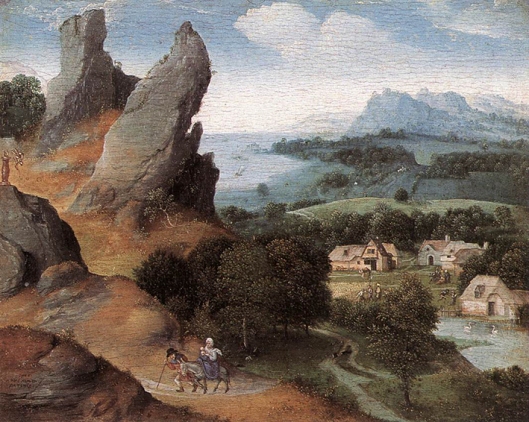
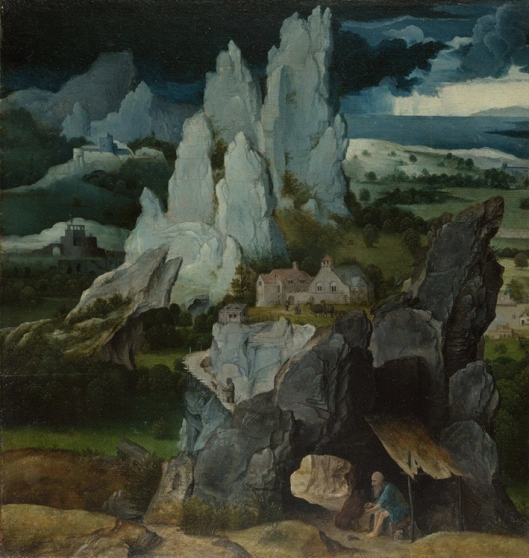
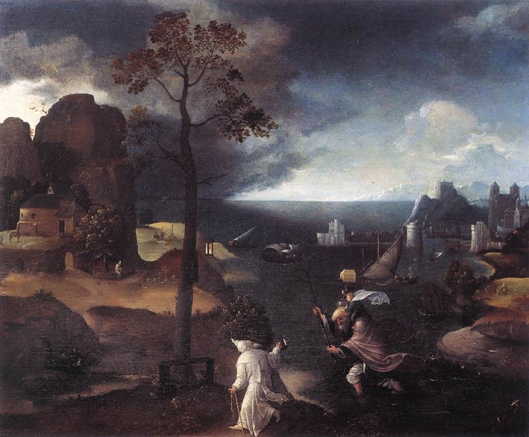
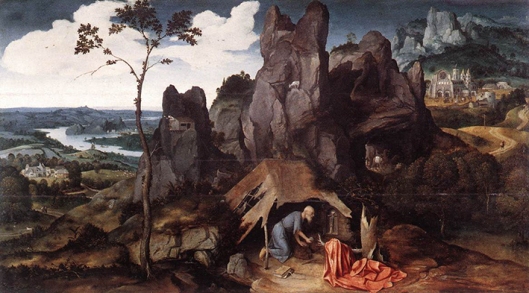
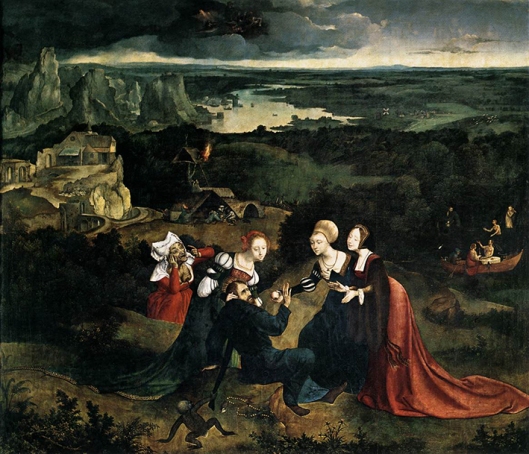
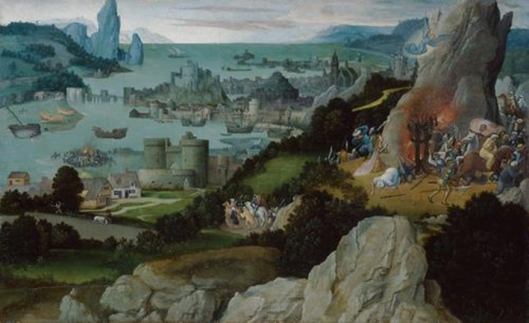
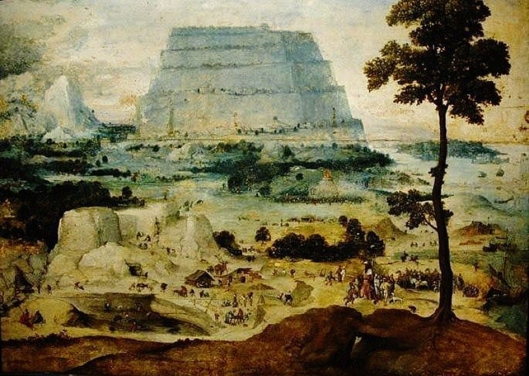
 The Lottery in Piazza di Montecitorio (1755)
The Lottery in Piazza di Montecitorio (1755)












